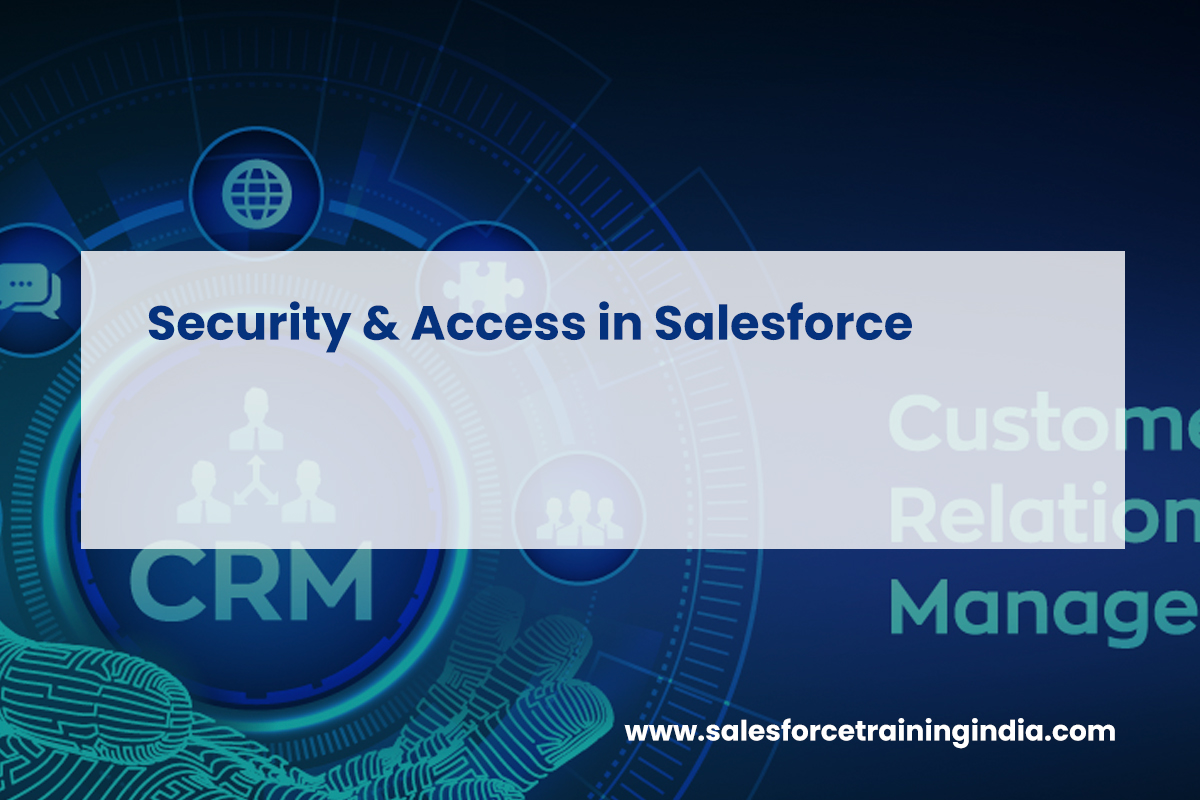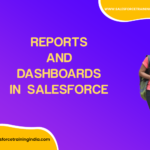Security & Access in Salesforce
Security and access in Salesforce are about controlling who can see and do what in your Salesforce environment. It’s like having a security system for your digital business data, ensuring that only the right people can access the right information at the right time.
- Why Security & Access Control is Important: Just like you wouldn’t want everyone to have a key to every room in your office, you don’t want all Salesforce users to access all data. Different team members need different levels of access based on their roles. For example, your sales team needs access to customer contact details, but they might not need access to financial reports.
- Organization-Wide Defaults (OWD): OWD settings are the first level of data access control in Salesforce. They set the baseline for who can see what. For instance, you can set your OWD so that only the employees in a specific department can see the data related to that department.
- Role Hierarchies: Role hierarchies in Salesforce help in managing data access according to a user’s position in the company. For example, a sales manager can access all the records of the salespeople under them, but those salespeople can’t access each other’s records.
- Sharing Rules: These are like exceptions to your OWD settings. Sharing rules let you share specific data with specific users or groups, even if your OWD settings are more restrictive. For instance, you might have a project where team members from different departments need to see each other’s data, even though they usually can’t.
- Profiles and Permission Sets: These are tools for defining what users can do in Salesforce.
- Profiles: A profile in Salesforce is a set of permissions that determine what a user can do, like creating or editing records, or accessing certain apps. Each user has one profile.
- Permission Sets: Permission sets are like add-ons to profiles. They let you give additional permissions to a user without changing their profile. This is useful for giving extra access to users for a short time or for specific tasks.
- Field-Level Security: This controls access to specific fields in a record. For example, you might want all your employees to see a customer’s name and phone number, but only managers to see their credit information.
In summary, security and access in Salesforce involve setting up rules and permissions to ensure that your data is secure and only accessible to the right people. This helps in maintaining data privacy and compliance with various regulations, while also ensuring that your team can work effectively with the data they need.
Are you ready to elevate your Salesforce skills? Dive into our specialized Salesforce training in India, meticulously designed to provide hands-on experience and real-time knowledge. Our comprehensive, project-based course ensures you gain practical skills with daily notes, engaging projects, and targeted preparation for certifications and interviews, preparing you thoroughly for the dynamic Salesforce ecosystem.




